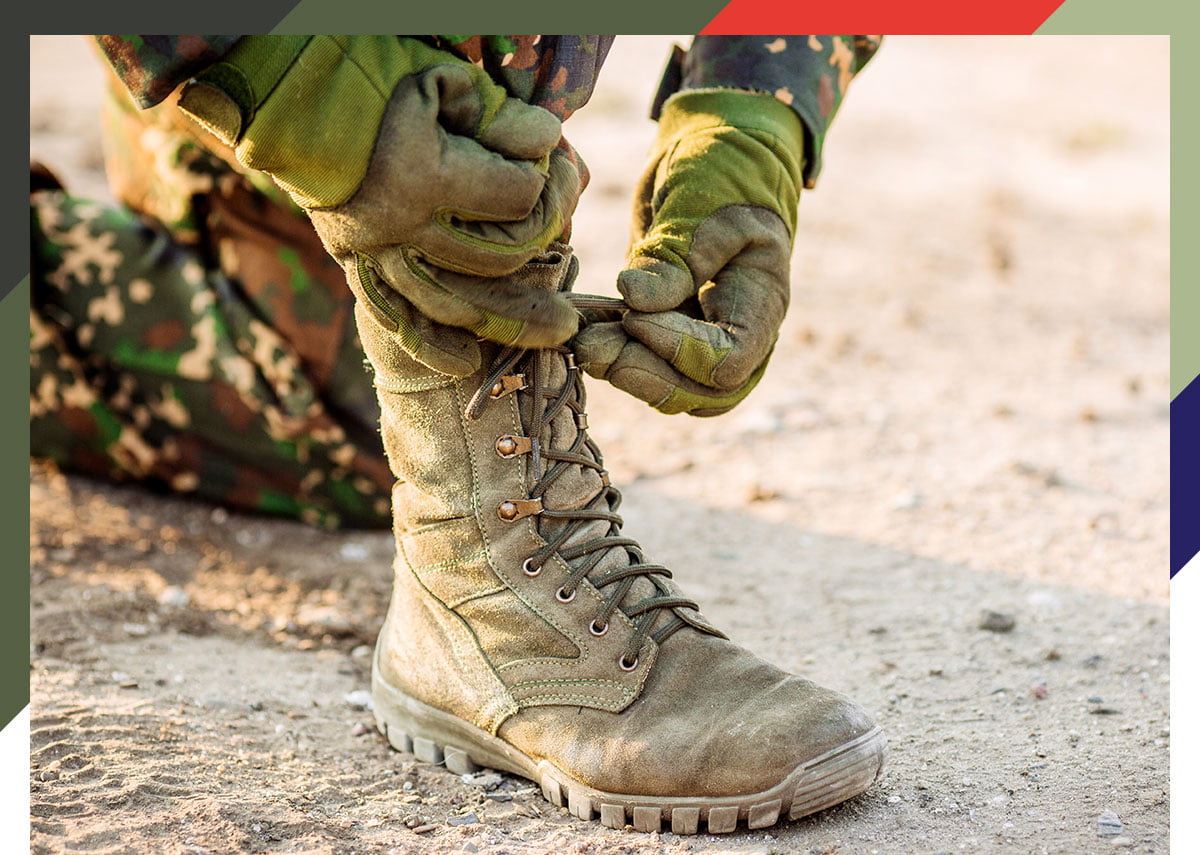A Life Outside
Most people only have a vague idea of what servicemembers actually do day in and day out. Images of the men and women of the US armed forces tend to be centered around battles, boot camp, and maybe even a half-remembered episode of JAG. And although all of those things do happen, aside from JAG officers who look like Catherine Bell and David Elliot, they only tell a small part of the story. In order for any of the exciting heroics people associate with the military to happen, a lot of preparation must come first. And most of that preparation happens outside.
Train as You Fight
To begin with, it’s important to remember that the military is basically always training. They train with firearms. They do physical fitness training. They run obstacle courses. They conduct drills, field ops, and all manner of training exercises to ensure their bodies are ready when they’re needed. On my scariest day in Afghanistan, I could tell you almost word for word my entire panicky inner monologue. I was in the kind of situation where people freak out, and I was freaking out. Without proper training, I would have been a liability. I would have gotten myself hurt or killed at best, somebody else hurt or killed at worst. But because of the constant training, my body was able to act independently of my panicking brain. I didn’t need to think about what I needed to do. I just did it automatically while I was losing it.
Command Maintenance
The only thing that might be more important than constantly training is constantly maintaining equipment. A panicking soldier can drive away from a firefight. A broken vehicle can not. Every day, the military is inspecting, maintaining, and repairing equipment. Everyone from the official mechanics to the desk sergeant of the S-1 has had to do their part in maintaining the equipment that has been assigned to them.
Wintertime
Almost all of this work is done outdoors, regardless of the weather. A common NCO joke is that “if it ain’t raining, we ain’t training,” meaning that unless training is happening in a torrential downpour, then it doesn’t really count as true training. During the winter, that means soldiers are out all day in the cold. Military-issued fleece caps and jackets, as well as long underwear, help to keep service members warm as they work. There are two major challenges this causes though.
Limits of Protective Gear
First of all, not all of the work is conducive to protective winter gear. Some nuts, bolts, and screws need to be screwed into hard to locate places soldiers have to find by feel. That means no gloves. And if it is wet at all where a soldier is, whether by snow, ice, or rain, the protective gear becomes useless quickly.
Cold Weather, Hot Work
The other challenge is that the gear that keeps a service member warm can cause them to overheat when doing physical labor. If it isn’t safe to remove a jacket due to it being below freezing, a soldier has to deal with all the problems of hot weather and cold weather all at once.
Helping Our Heroes
Winter is a tough time for our men and women in uniform. They will have to work in the cold, all season long. Sending them a nice gift of tea or coffee could go a long way towards helping them get warm after a long day’s work. And a nice soothing bath can warm them up and let them fix any of the skincare issues the cold causes. Our heroes are working hard this winter. Help them take care of themselves with My Hero Crate.
